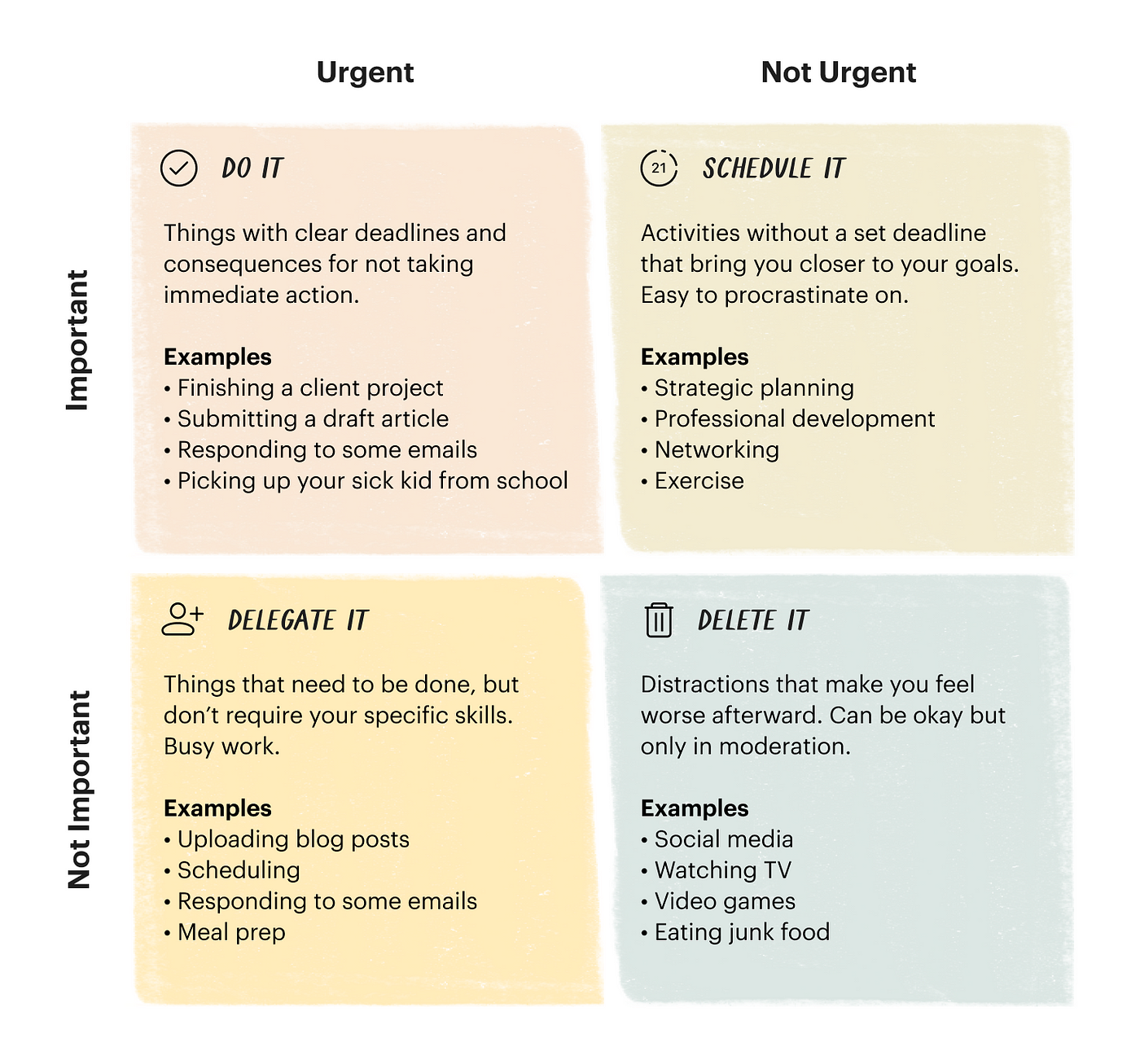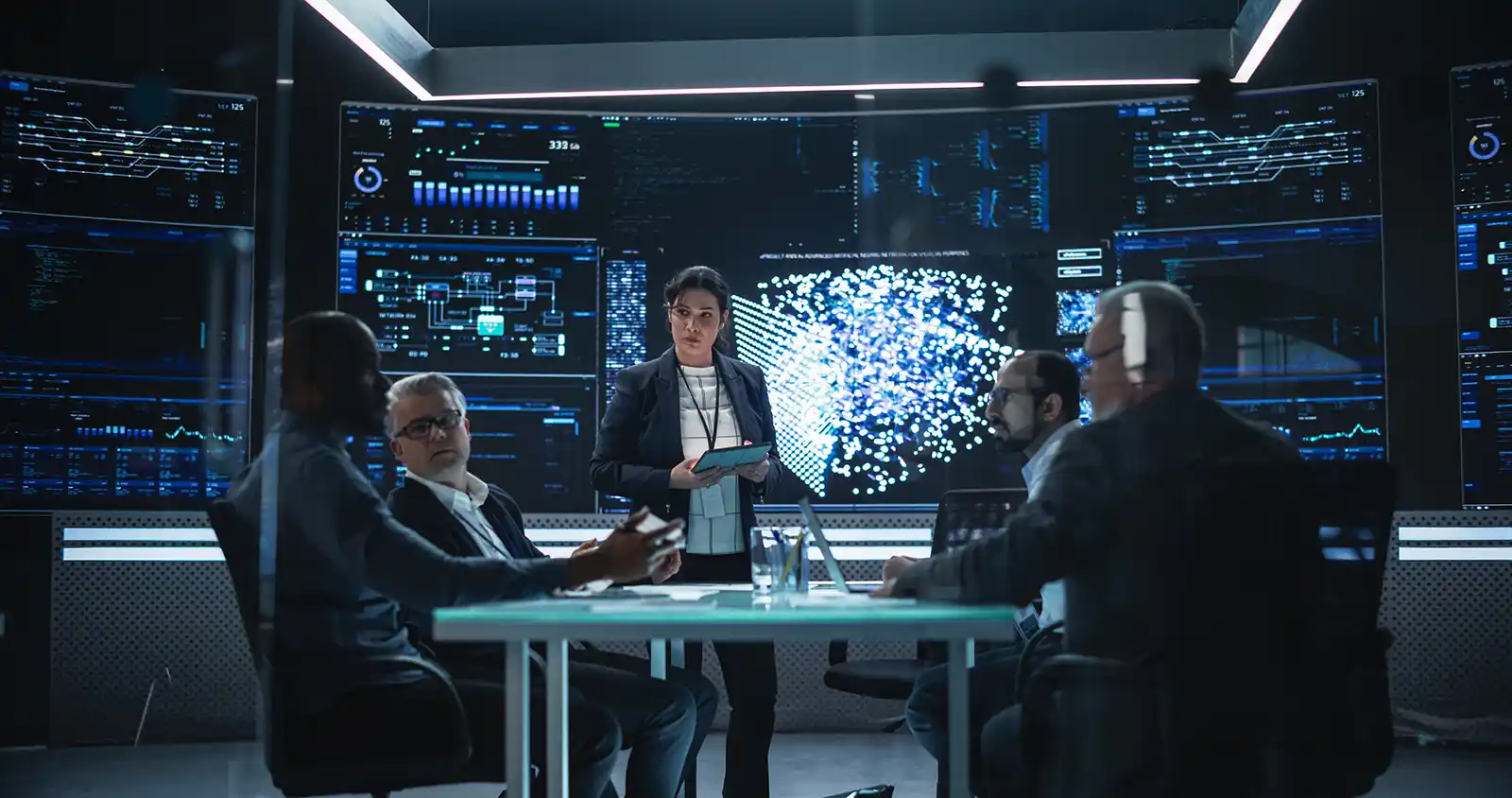by Daniel Siles, Senior Product Manager at Growth Acceleration Partners
In today’s fast-paced and ever-evolving digital world, effective prioritization is the cornerstone of success when developing any product. Studying successful leaders with plenty of experience under their belts has enlightened me to understand that the ability to focus on what truly matters can make the difference between a thriving project and one that’s merely treading water.
Agile methodologies have revolutionized product management, and within that framework, we can leverage prioritization techniques such as the Eisenhower Matrix and the Important vs. Urgent Matrix as valuable tools. In this blog post, we’ll delve into the significance of these techniques, highlighting their benefits, and exploring strategies to encourage leaders to embrace them.
The Significance of Prioritization Techniques
Prioritization techniques are not just tools. For effective development teams to negotiate complexity, make wise judgments and advance the project, prioritization approaches must be used as guiding principles, as well as tools. The Eisenhower Matrix and the Important vs. Urgent Matrix are two methods you have at your disposal that stand out as being crucial parts of the agile product development toolset.
Eisenhower Matrix: Mastering Proactivity
Source: https://www.linkedin.com/pulse/master-art-getting-st-done-eisenhower-matrix-tanvir-ahmed-shaikh/
This matrix categorizes tasks based on their urgency and importance. It’s a powerful way to differentiate between tasks that demand immediate attention and those that contribute to long-term goals.
Benefits:
- Crystal Clear Focus: You can focus on high-impact tasks by using the matrix to visualize the priority levels of tasks.
- Stress Reduction: By systematically addressing both urgent and important tasks, you minimize last-minute fires and reduce stress.
- Strategic Planning: It aids in strategic planning by ensuring that essential but less urgent tasks get the attention they require.
Important vs. Urgent Matrix: Efficient Decision-Making
Source: https://todoist.com/productivity-methods/eisenhower-matrix
This matrix refines prioritization by creating four distinct quadrants, classifying tasks as: important/urgent, important/not-urgent, urgent/not-important, and not-urgent/not-important.
Benefits:
- Optimized Time Allocation: Clear categorization helps allocate time where it matters most, preventing energy-draining tasks from taking over.
- Resource Optimization: Resources are allocated wisely, ensuring teams work on tasks that bring the most value to the project.
- Proactive Approach: By focusing on the important/not-urgent quadrant, you can prevent issues from becoming urgent crises.
Empowering Leaders to Embrace Prioritization
While prioritization approaches have many advantages, persuading leaders to use them can be difficult. Here are some strategies to pave the way for successful adoption:
Demonstrate ROI: Showcase success stories where prioritization led to better outcomes. Highlight how these techniques improved efficiency, reduced project bottlenecks and increased overall productivity.
Data-Driven Insights: Showcase the effects of poor prioritization on previous initiatives using historical data. Make a strong case for change by contrasting the results with those attained utilizing prioritization strategies.
Education and Training: Host workshops or lunch-and-learns to educate leaders on these techniques. Provide hands-on experience with real-life examples to show the immediate impact on decision-making.
Visual Aids: Create visual representations of the matrices tailored to your organization’s context. These visuals can serve as quick references during discussions and planning sessions.
Start Small: Encourage leaders to implement these techniques incrementally, perhaps in specific teams or projects. Gradual implementation can help build confidence in their effectiveness.
Lead by Example: Incorporate prioritization techniques into your own work and share your experiences. When leaders witness positive changes in your productivity, they’re more likely to follow suit.
Conclusion
The Important vs. Urgent Matrix and the Eisenhower Matrix are more than simply ideas; they act as catalysts for effective decision-making, better time management and increased productivity.
You’re not simply promoting change when you use these methods and strategies to motivate leaders — you’re also building the groundwork for long-term success in a dynamic and demanding industry. Prioritization is about leading your team to excellence, not just about managing tasks.
Resources
1.https://www.linkedin.com/pulse/master-art-getting-st-done-eisenhower-matrix-tanvir-ahmed-shaikh/
2. https://todoist.com/productivity-methods/eisenhower-matrix
3. https://timeular.com/blog/best-prioritization-techniques/
5. https://www.startuppatterns.com/blog/leading-with-influence











